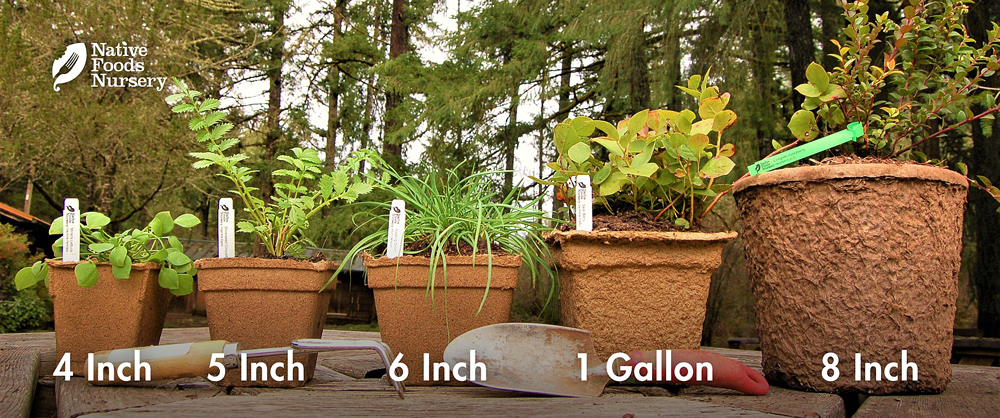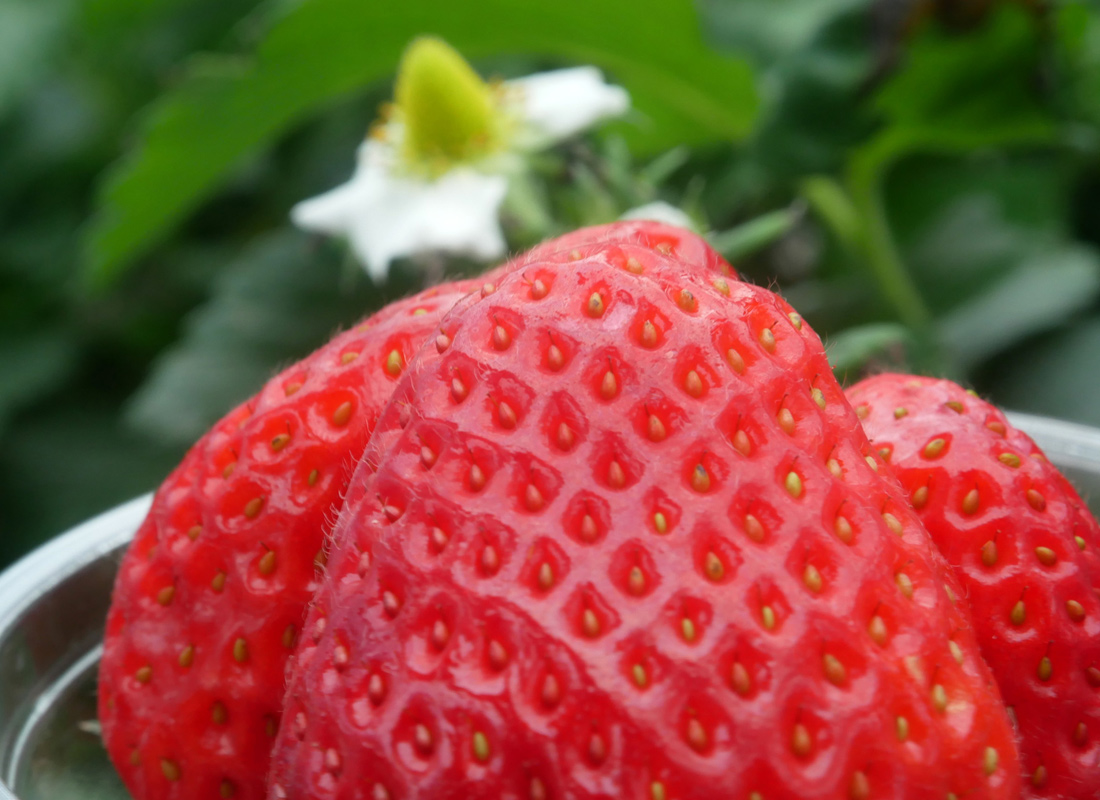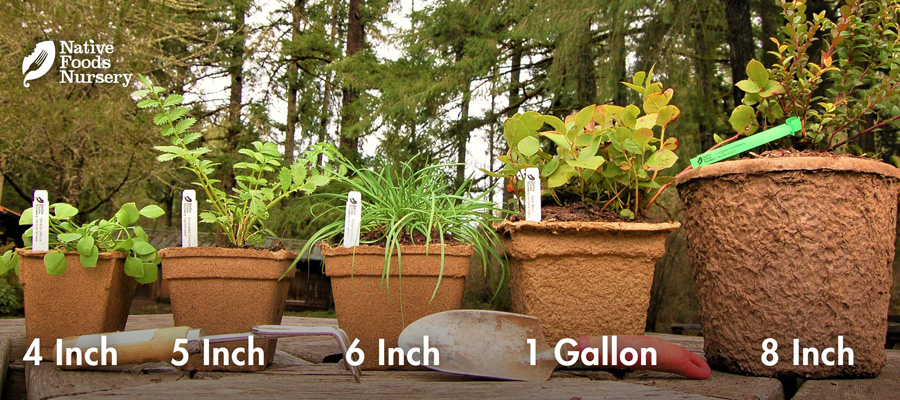Coastal Strawberry


- Current Stock:
- 0
- Other Names:
- Wild Strawberry, Common Strawberry
- Latin Name:
- Fragaria Chiloensis
A uniquely West Coast species, Coastal Strawberry is a fruiting, evergreen groundcover native to beach and meadow habitats.
Edible Uses
Coastal Strawberry is bigger and more vigorous than our other native, the Woodland Strawberry, but the fruit is slightly less sweet - albeit still great. Interestingly, it is one of the two strawberries that were hybridized to create the common garden strawberry seen in stores today. Coastal Strawberry fruits have been used as a native food by traditional cultures of the Northwest for millennia.
Berries can be eaten fresh off the plant in late spring, or made into preserves and confections. Yum! Additionally, its tri-fold leaves can be eaten raw in salads, cooked, or even steeped into a medicinal tea. High in antioxidants, Vitamin C, and minerals - strawberries are certainly a superfood!
Ornamental Qualities
Coastal Strawberry is a vigorous, spreading evergreen groundcover with dark, glossy green leaves and long red runners sending down new roots. It has showy white flowers, striking red stems, lightly toothed tri-fold leaves, and large red fruit (compared to the Woodland Strawberry). This low-growing berry is perfect for filling empty landscapes spaces with color and interest all year long, but different than the Woodland Strawberry, it doesn’t tolerate shade very well. Plant alongside other sun-loving groundcovers like Oregon Stonecrop, Early Blue Violet, and Silverweed Cinquefoil, or underneath deciduous berries like Golden Currant.
Environment and Culture
Coastal Strawberry prefers well-drained soils, and can even excel in pure sand. Its wild home is along the Pacific coast and in nearby well drained meadows and sunny hillsides. It provides important food and medicine for humans and animals. With strong runners sent in all directions, this hardy plant is great at preventing erosion. As a groundcover, it also retains soil moisture, protects from compaction, and keeps nutrients in place, while offering cover and habitat for small coastal creatures.
Once established, Coastal Strawberry is very low-maintenance, deer resistant, and easy to maintain.
Harvest, Care, and Preparation
Coastal Strawberries are best picked by hand and eaten fresh from the plant, when soft and red. However, they can also be prepared into jams, jellies, and other delicious preserves. Leaves can be eaten raw or cooked in salads or stirfries, or steeped to create delicious light strawberry tea high in Vitamin C. Stay tuned for more recipes from our Blog.
- Native Range: CA, OR, WA, BC, HI
- USDA zones: 4-8
- Ease of Care: Very Easy
- Deer Resistance: Very High
- Light Requirements: Full Sun
- Soil Type: Any, Well-drained
- Water Requirements: Drought tolerant, prefers moist.
- Pollination: Needs another to produce seed
- Bearing Age: 2 yrs from seed, one from runners
- Size at Maturity: 1 foot
- Plant Spacing: 1 foot
- Bloom Time: Spring-Summer
- Harvest Time: Spring-Summer
Pot Sizing Guide







